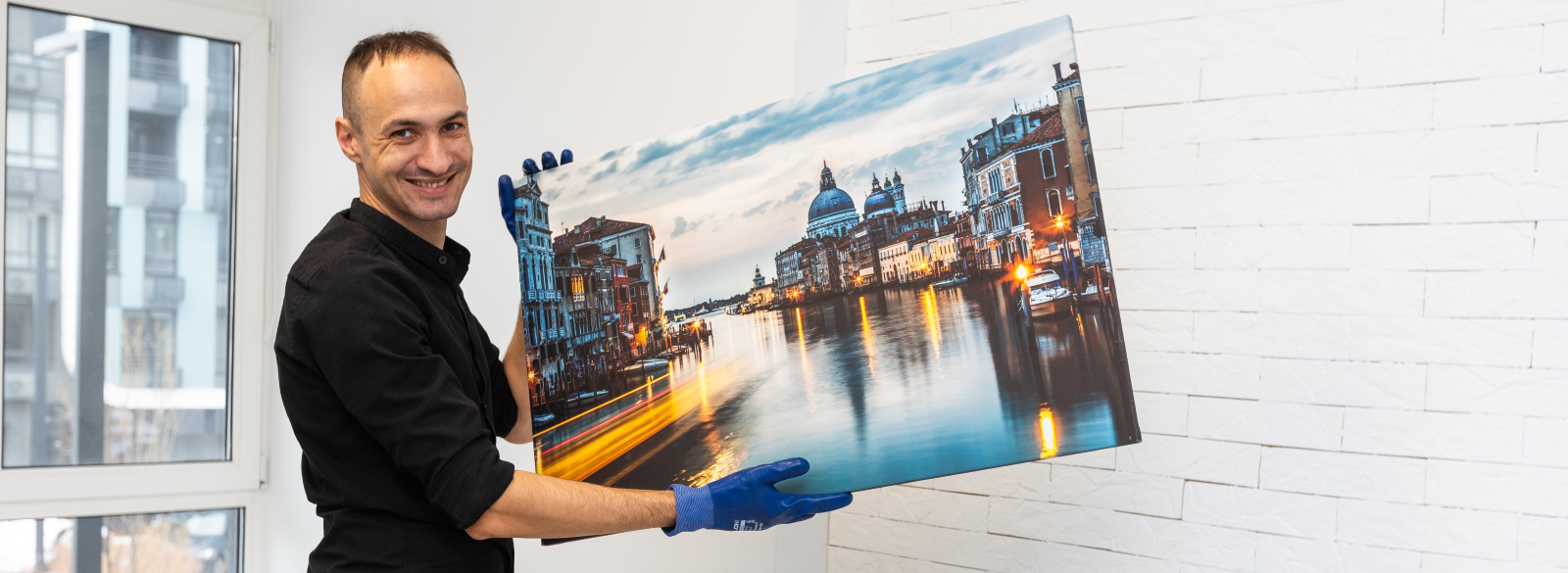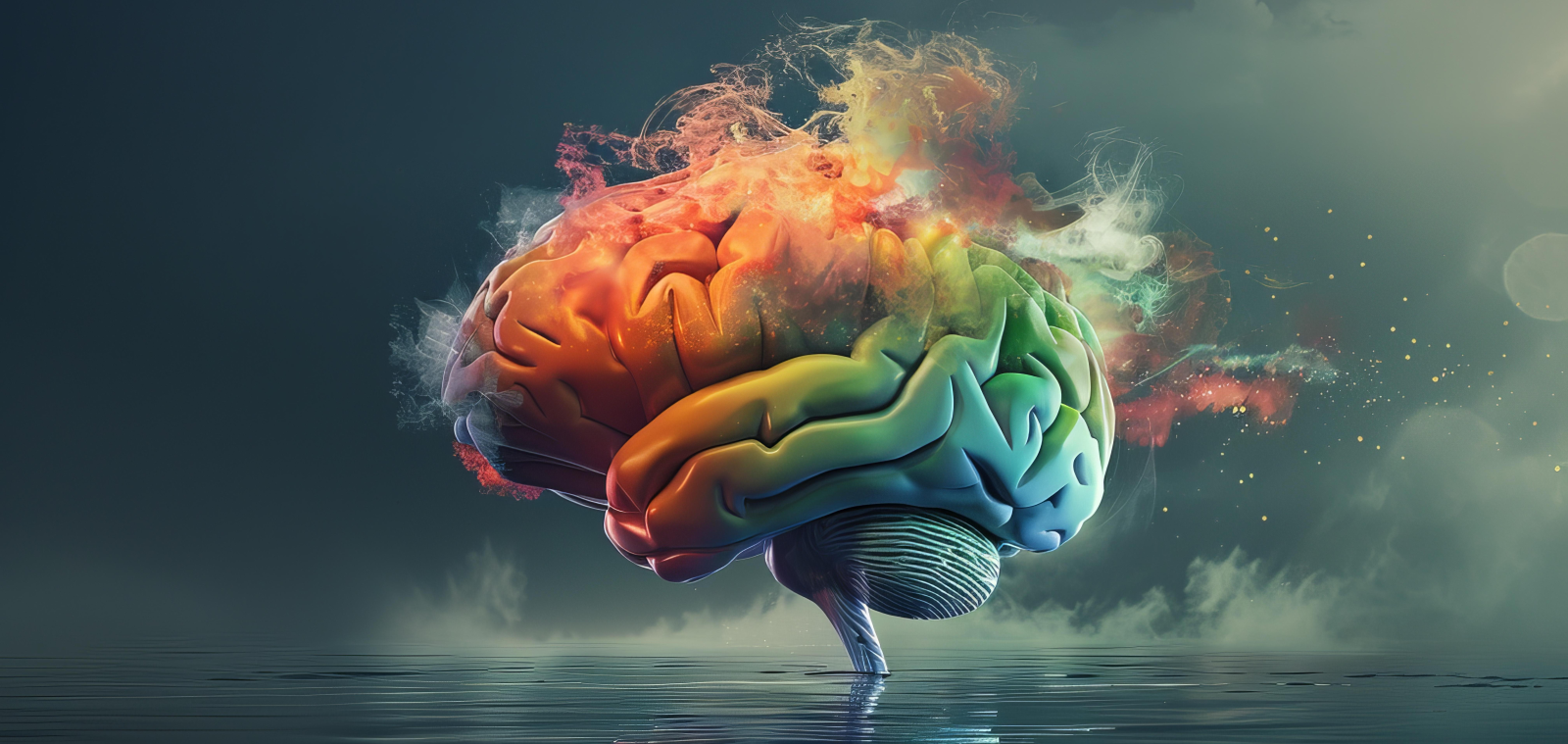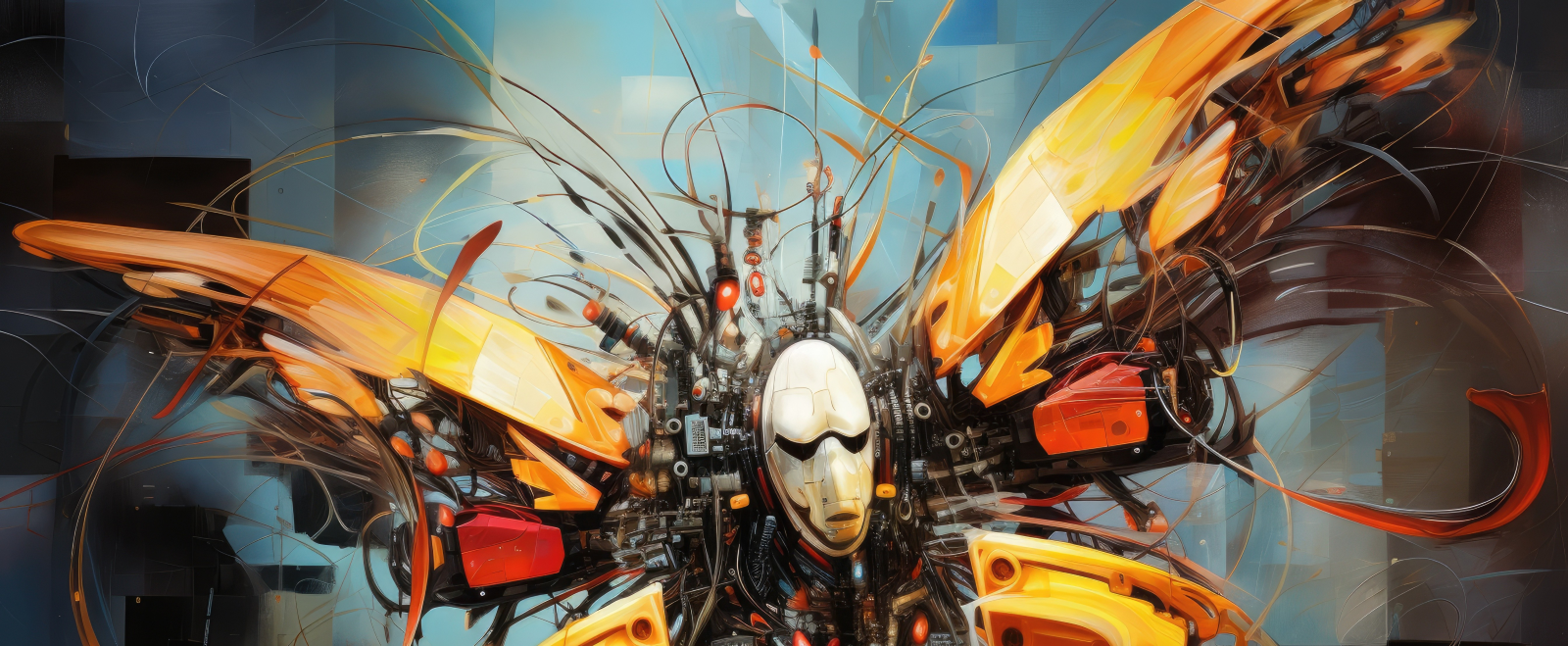The Contemporary Art Evolution
The Shifting Landscape of Visual Expression
Trending Art 2025 has entered a remarkable period of transformation, reflecting our complex societal changes. Artists are responding to environmental urgencies, technological advancements, and a collective desire for authentic experiences. These emerging trends showcase how creative minds interpret our rapidly changing world through diverse mediums and perspectives. Their works increasingly serve as both aesthetic objects and powerful statements about our collective condition.
Connecting Art with Cultural Movements
Contemporary artists increasingly align their work with broader cultural and social movements shaping public discourse. Their creations now serve as powerful commentary on issues from climate change to digital identity and social justice. This intentional connection between artistic expression and real-world concerns elevates art beyond mere decoration. Many galleries and institutions specifically seek works that engage meaningfully with current events through visual language accessible to diverse audiences.
Sustainable Art Practices
Eco-Conscious Creation Methods
Sustainability has moved from fringe concept to central philosophy in the art community during 2025. Artists now carefully consider their environmental impact when selecting materials and production methods for new works. This fundamental shift prioritizes biodegradable materials, non-toxic processes, and minimal waste approaches throughout the creative process. Many prominent artists have published sustainability manifestos outlining their commitment to reducing their ecological footprint.
Recycled Materials as Artistic Medium
Reclaimed and recycled elements have gained tremendous popularity as primary materials in contemporary art creation. Creative minds transform discarded objects into compelling installations, sculptures, and mixed media pieces that challenge conventional aesthetics. Their innovative approaches give new life to everything from ocean plastics to electronic waste and textile scraps. These works simultaneously provide visual appeal while prompting viewers to reconsider consumption patterns and waste management.
Ethical Sourcing in Art Production
Artists have embraced ethical sourcing practices when obtaining materials for their creative endeavors. Many now document their supply chains and prioritize fair trade relationships with material suppliers across global networks. This transparency has resonated strongly with collectors who increasingly consider ethical factors alongside aesthetic appeal. Galleries frequently feature detailed sourcing information alongside price and medium details when presenting new acquisitions to potential buyers.

Immersive and Interactive Art Experiences
Neuroadaptive Art Environments
The latest evolution in immersive art incorporates neuroadaptive technologies that respond to viewers’ brain activity and emotional states. These installations use unobtrusive EEG headsets to monitor audience responses in real-time, adapting colors, sounds, and projected elements accordingly. Several pioneering galleries in Tokyo and Berlin have installed permanent neuroadaptive spaces where the art literally transforms based on collective emotional states. This technology creates uniquely personalized experiences that blur the boundary between viewer and creator.
Haptic Feedback Integration
Touch has emerged as the new frontier in interactive art, with haptic technology creating physical sensations that complement visual and auditory elements. Artists design custom haptic gloves and bodysuits that produce tactile experiences ranging from gentle vibrations to temperature changes and textural sensations. These multisensory works particularly resonate with younger audiences raised in digital environments who crave physical engagement. The Tactile Futures exhibition at MoMA received record attendance by offering art you could literally feel.
Blockchain-Verified Participation Records
Interactive installations now commonly incorporate blockchain technology to document each visitor’s unique participation in the artwork. These permanent digital records become collectible NFTs that commemorate the interaction and potentially appreciate in value. This technological approach transforms ephemeral experiences into lasting digital assets connected to physical encounters. Leading artists like Maya Hernandez create “experience certificates” that verify authentic participation in her limited-time installations, creating new revenue streams beyond traditional art sales.
‘Small Pleasures’ Art Movement
Micro-Documentation of Daily Rituals
Artists within the Small Pleasures movement have pioneered innovative approaches to documenting mundane daily routines through micro-focused observation. Their meticulous attention captures the poetry in morning coffee preparation or evening skincare rituals with unprecedented intimacy. These works often employ macro photography or hyper-detailed painting techniques that transform ordinary objects into landscapes of texture and light. Collector Sophia Chen has assembled the definitive “Ritual Archive” featuring over 200 works documenting everyday activities across diverse cultures.
Affordable Art Subscription Models
The economic dimension of Small Pleasures has spawned subscription-based art ownership models previously unseen in fine art markets. Several collectives now offer monthly deliveries of miniature original artworks for a fraction of gallery prices. These subscription services democratize art collecting while providing steady income for emerging artists outside traditional gallery systems. The ArtMini platform currently connects over 3,000 artists with 50,000+ subscribers who receive personalized selections based on their aesthetic preferences.
Tech-Free Artistic Processes
A significant subset of Small Pleasures artists explicitly reject digital tools in favor of completely analog creation methods. Their dedication to tech-free processes represents a conscious resistance to digital acceleration in other life spheres. These artists often document their hand-mixed pigments and traditional techniques as part of the finished work’s presentation. The #AnalogArtist movement has gained over 15 million followers across social platforms, ironically finding its audience through the very technology it rejects.
Biophilic Art: Nature-Inspired Creation
Bioactive Pigments and Materials
Revolutionary advances in bioactive art materials have created works that actively benefit surrounding environments. Artists collaborate with biochemists to develop pigments that absorb carbon dioxide, purify air, or neutralize toxins while maintaining vibrant visual qualities. These functional artworks serve dual purposes as both aesthetic objects and environmental remediation tools in urban spaces. The pioneering Chloro-Canvas collective has installed over 250 pollution-absorbing murals across major cities, each equivalent to planting 30 mature trees.
Indigenous Knowledge Integration
Biophilic art has increasingly incorporated traditional ecological knowledge from indigenous communities with explicit attribution and fair compensation models. These collaborative approaches blend contemporary techniques with ancestral understanding of natural systems. Several prestigious institutions now require documentation of knowledge sourcing and compensation arrangements when acquiring such works. The Indigenous Wisdom in Art Foundation has established ethical guidelines now adopted by major museums and galleries worldwide.
Seasonal Transformation Installations
Dynamic biophilic installations designed to visibly transform through natural seasonal cycles have gained prominence in public and private collections. These works incorporate living elements specifically selected to change color, form, or texture as months progress. Collectors appreciate these evolving pieces that reflect nature’s rhythms within domestic or corporate environments. Artist Jun Takahashi’s “Four Quarters” series commands premium prices for installations that dramatically transform through an entire year’s cycle.
Revival of Retro and Vintage Aesthetics
AI-Enhanced Historical Techniques
Artists have developed sophisticated applications of AI to revitalize historical art techniques with unprecedented precision and creative variation. These technology-assisted approaches allow contemporary creators to master complex methods like egg tempera or daguerreotype that previously required decades of practice. The fusion creates works with authentic historical resonance while incorporating contemporary themes and perspectives. The controversial “New Masters” exhibition featured AI-collaborative works that many critics could not distinguish from historical pieces.
Cross-Century Style Hybridization
The most innovative retro-inspired works combine elements from multiple historical periods previously considered incompatible. Artists create deliberate anachronisms by merging Victorian motifs with 1970s color palettes or Art Deco geometry with ancient Japanese techniques. These temporal collisions produce visually distinct works that challenge our compartmentalized view of art history. Curator Maria Solano’s “Temporal Disruptions” exhibition became last year’s most photographed art event on social media platforms.
Emotional Data Visualization Through Vintage Lenses
A fascinating subset of retro-revival artists uses nostalgic visual languages to represent contemporary data sets and digital information. These works translate complex information like climate statistics or social media behaviors into formats reminiscent of Victorian botanical illustrations or 1950s technical diagrams. The familiar aesthetic frameworks make abstract data emotionally accessible in ways clinical presentations cannot achieve. The Data Nostalgia Lab collective won the prestigious Turing Art Prize for their hand-painted series visualizing internet privacy breaches.

Outsider Art – Championing Diverse Voices
Neurodivergent Perspectives in Fine Art
The art world has embraced neurodivergent creators with unprecedented institutional support and recognition of their unique visual languages. Major galleries now feature dedicated programs for artists with autism, synesthesia, and other neurological differences that influence perception. These exhibitions focus on the artistic merit rather than biographical details or diagnostic labels. The groundbreaking “Perception Spectrum” fellowship program provides studio space and materials to neurodivergent artists without requiring formal training credentials.
Digital Democratization of Outsider Art
Online platforms specifically designed for self-taught artists have disrupted traditional gatekeeping mechanisms that previously limited outsider art visibility. These specialized marketplaces connect unconventional creators directly with collectors passionate about raw, unfiltered expression. Sophisticated algorithms help match artists with appropriate audiences based on stylistic elements rather than formal credentials. The OutsiderConnect platform reported over $12 million in direct sales to previously unknown artists during its first operational year.
Rural and Isolated Communities’ Visual Documentation
Outsider artists from geographically isolated communities have gained recognition for their unfiltered documentation of disappearing rural lifestyles and perspectives. These works provide authentic visual records of traditions and viewpoints rarely represented in mainstream art conversations. Cultural preservation organizations have begun systematic efforts to support and archive these vital cultural documents before they disappear. The Rural Vision Archive now preserves over 5,000 works from artists in remote communities across six continents.
The Return of Craftsmanship
Revival of Lost Techniques
Master artisans have resurrected nearly forgotten historical techniques through meticulous research and practice, preserving cultural heritage that almost vanished. Their dedication to reviving processes like natural indigo dyeing, blacksmithing for sculptural purposes, or ancient ceramic firing methods requires years of specialized study. These knowledge-keepers often document their processes through detailed tutorials shared freely with emerging artists. The Heritage Techniques Foundation has established apprenticeship programs pairing elder masters with young artists in 27 countries.
Cross-Disciplinary Material Experimentation
Contemporary craftspeople increasingly collaborate across traditionally separate disciplines, combining techniques from disparate fields to create entirely new aesthetic languages. Textile artists incorporate metalworking techniques while ceramicists integrate glass elements using innovative temperature control methods. These boundary-crossing approaches result in objects that defy conventional categorization in exciting ways. The Materials Exploration Center provides specialized facilities where artists from different craft traditions collaborate on experimental works.
Slow Art Movement and Process Documentation
The meticulous documentation of time-intensive creation processes has become integral to the presentation and valuation of handcrafted works. Artists record hundreds of hours of detailed footage showing every stage of their labor-intensive methods. This transparency about process helps audiences appreciate the extraordinary skill and time investment behind seemingly simple objects. Galleries frequently display these documented processes alongside finished pieces, with QR codes linking to comprehensive creation videos.
Trending Art 2025
What are the major art trends emerging in 2025?
In 2025, the art world is embracing bold, expressive styles that reflect cultural shifts and fresh perspectives. Abstract landscapes are gaining popularity, with surreal interpretations of natural scenes dominating galleries and digital spaces. Bright, saturated colours are back in focus, replacing the muted tones of previous years. Mixed media artworks combining photography, textiles, and paint are also on the rise, offering layered experiences. Art as activism continues to hold ground, with many pieces addressing climate change, social justice, and identity.
How is technology influencing art in 2025?
Technology is playing an even deeper role in how art is created and experienced. AI-generated works are more refined and accepted, with artists using algorithms to assist, not replace, creativity. Augmented reality is being used in exhibitions to allow viewers to engage with work beyond the canvas. The “phygital” movement—where digital elements are fused with physical installations—is becoming more mainstream. Artists are creating hybrid experiences that live both in physical space and online, expanding the definition of what art can be.
What colour trends are dominating the art scene in 2025?
This year, vibrant and unexpected colours are leading the way. Shades like cherry red, dill green, and plaster pink are being used in bold combinations to make emotional impact. While these lively tones are rising in popularity, earthy browns and neutral pastels are still present, offering a grounding contrast. Artists are using colour more strategically, often as a way to influence mood and atmosphere. The palette is more expressive than ever, making colour choice a key feature of artistic identity in 2025.
Are traditional art forms experiencing a resurgence in 2025?
Yes, traditional mediums are being reimagined and celebrated again. Ceramics, textiles, and murals are being used by contemporary artists to tell modern stories with ancient tools. There’s a noticeable appreciation for craft, detail, and process. These forms are no longer seen as secondary to painting or sculpture; they’re taking centre stage. Artists are pushing the limits of what can be done with clay, thread, and fabric, turning functional objects into fine art while preserving cultural techniques.
How is sustainability impacting art in 2025?
Sustainability is no longer a niche concern — it’s a driving force in how artists work and what they choose to create. Many are using recycled materials, repurposed items, and natural pigments to reduce waste. There’s also a shift in subject matter, with more artworks reflecting environmental themes like biodiversity loss and climate resilience. Viewers are more aware of the ecological footprint of art, and collectors are seeking pieces that align with their values. In 2025, art is both a product and a message of conscious creation.


You must be logged in to post a comment.